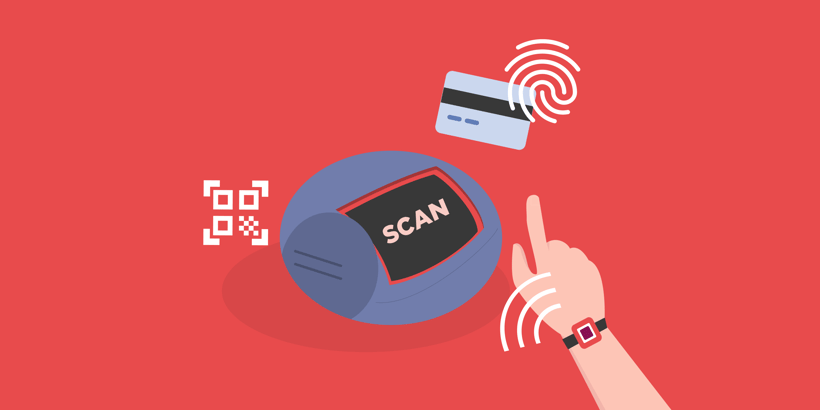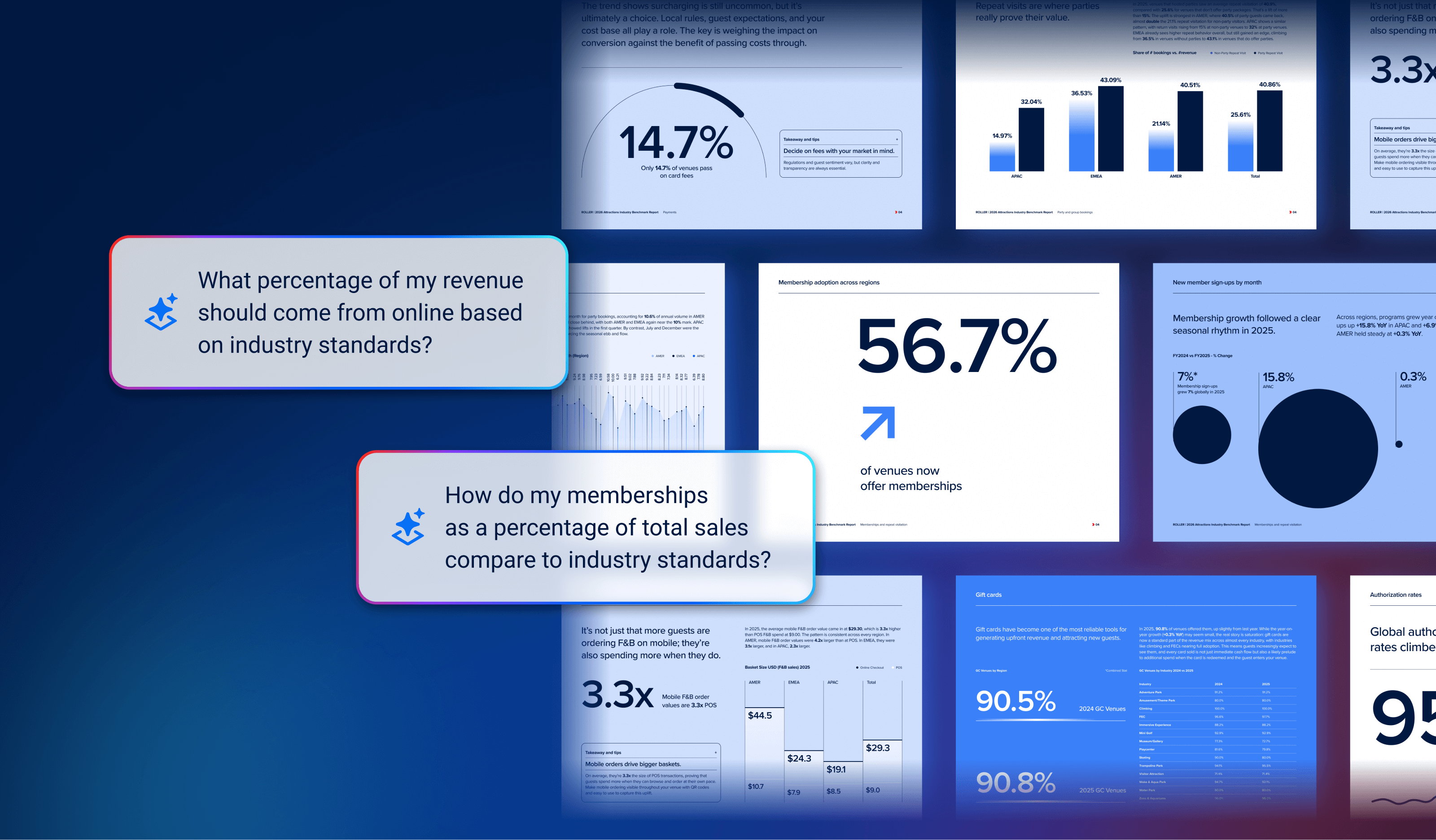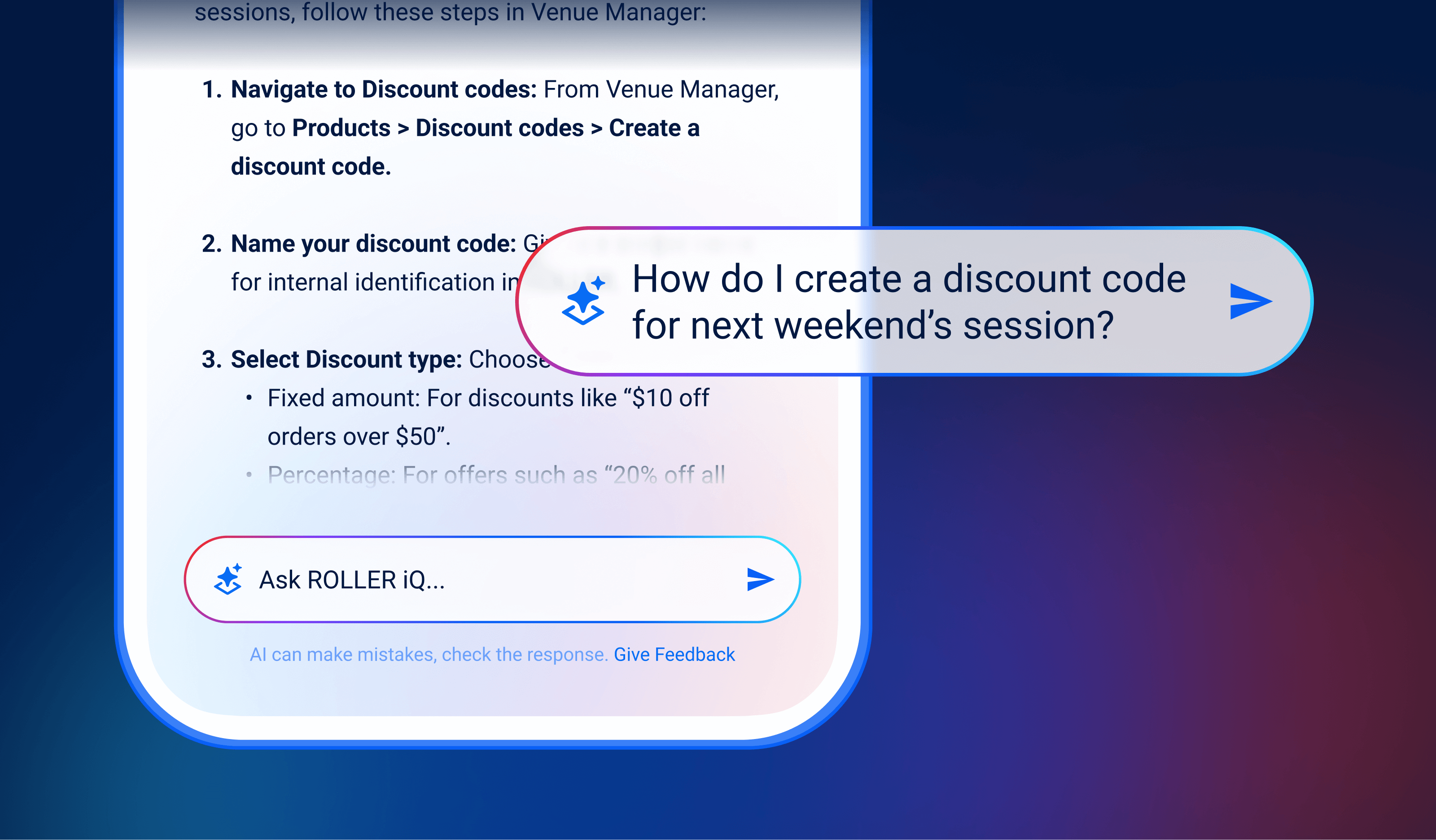How cashless technology improves the guest experience

The world is becoming more and more cashless. While still largely accepted by most merchants around the globe, cash is decreasing significantly in terms of the percentage of sales compared to other payment methods. Credit cards, of course, have existed for more than 70 years, yet in recent years we have been introduced to new forms of payment such as Apple Pay, Google Pay, and cryptocurrency.
In the attractions industry, these newer payment methods benefit your business substantially. Here are six ways cashless technology can improve the guest experience.
It reduces your work burden
For instance, in order to reduce the risk that guests or employees will steal cash, businesses have needed to develop checks and balances for management, and employees. This extra work in opening and closing out each day, accounting and monitoring costs a substantial amount of money – something that is almost entirely mitigated with cashless technology.
It offers better functionality
Traditionally, family entertainment centers have been ticket-based for attractions such as mini-golf, go-karts, or available rides, and token-based in an arcade. This can be confusing. It’s five tickets for a round of mini-golf but also five tokens for specific games in the arcade, but what if you charge different amounts for tickets than you do tokens? With cashless technology, guests can now spend the same currency - often in the form of credits - across the entire property, regardless of whether they are on rides or games.
Taking it a step further, cashless technology can give you, the operator, greater control of the currency your guests use and how it is used. By implementing systems of game cards, RFID wristbands, or other mechanisms that allow guests to leave their wallets in their pockets (or even in their car in some cases), you can find results that benefit both the business as well as the guest experience.
It’s easier for the guest
Gone are the days when you enter the arcade, hit up the change machine for a dollar’s worth of quarters, play those quarters on games, and then rinse and repeat. By switching from cash or coin-based to card-based, the guest can load up their card with the amount they’d like to spend and then spend their time playing games and riding rides. Guests can reload on their own by strategically placing kiosks at the entrance, near the rear, and other critical points of foot traffic throughout the venue.
It removes friction from spending money
We exchange our cash for poker chips in a casino because it takes the sting out of spending money. Similarly, when guests load funds onto a game card and spend credits instead of dollars, it creates a different feeling than if they paid cash for every aspect of their experience. Especially in a pay-per-play (or pay-as-you-go) environment, you want to keep the guest on the property as long as possible so that they continue participating, therefore spending. If the guest feels like they are pulling out their wallet every time they want to do something, it deteriorates the experience because they think that they are constantly spending more and more.
It provides greater access to funds
International tourism has flourished in the past century, and providing guests with an opportunity to pay with cashless technology means they’ll have greater access to funds. Rather than restricting guests to the local currency, cashless technology allows you to process payments in your currency, automatically exchanging foreign currencies at the time of purchase. This takes the friction away from international guests having to exchange currencies prior to arriving at your venue.
It’s easier to generate and fulfill promos
Cashless technology makes it easier to offer promotions and deals to your guests that will entice them to return or stay longer or otherwise enhance their experience. For example, Hownd’s integration with Intercard allows operators to send deals to guests through the MyHownd app, and guests can then scan at a kiosk and have the deal loaded onto their game card. Previously, this required standing in line and waiting for a staff member to assist. Now it makes it easier on the guest and reduces the staffing need for the venue.
With all of these in mind, remember that guests unfamiliar with your system will have a slight learning curve to get them up to speed; otherwise it creates friction in the guest experience. Make sure that if guests plan to spend cash, there is a seamless way for them to convert their cash into your system, rather than leave them stranded with the method of payment they prefer.
Are you going completely cashless any time soon?
Related articles


Smarter Support With ROLLER iQ: Step-by-Step Help, Right When You Need It
.png)
What is an AI Business Assistant? (And How It Supports Growth for Attractions)
Enhance your guest experience
Get free education, tips and inspiration to help you run a successful venue.